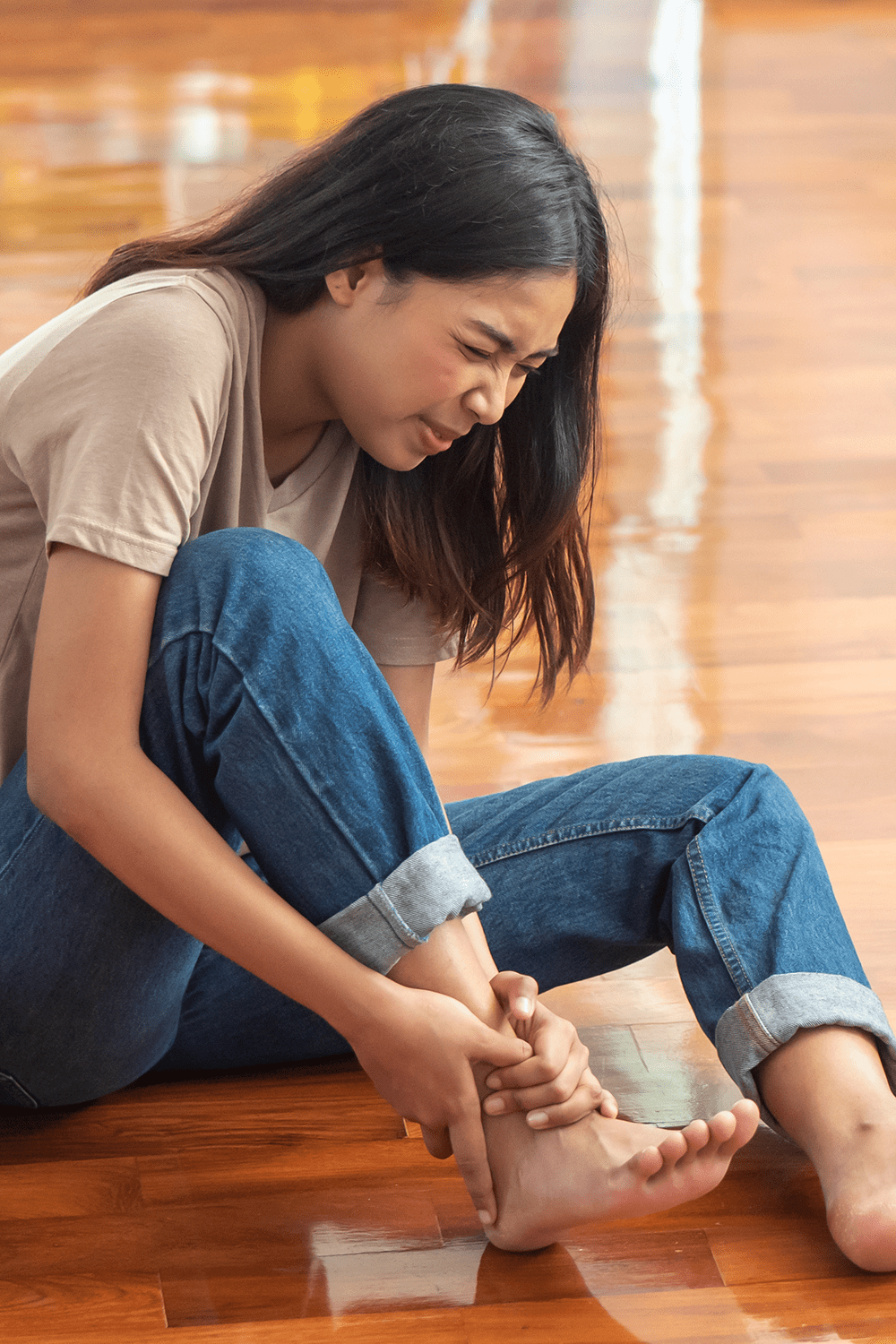
Understanding Wisconsin Slip and Fall Law: An Overview
What Is a Slip and Fall Claim in Wisconsin?
A slip and fall accident occurs when someone is injured due to a hazardous condition on another person’s property—such as wet floors, icy sidewalks, uneven surfaces, or poor lighting. In Wisconsin, these cases fall under premises liability, a legal theory that holds property owners and occupiers responsible for maintaining safe conditions.
To succeed in a Wisconsin slip and fall lawsuit, the injured party must show that the property owner was negligent and that their negligence caused the injury.
Legal Requirements for a Slip and Fall Lawsuit in Wisconsin
To file a successful slip and fall claim, the injured person (the plaintiff) must prove four key elements:
Duty of care – The property owner owed a legal responsibility to maintain a safe environment.
Breach of duty – The owner failed to take reasonable steps to fix or warn about a hazardous condition.
Causation – This breach directly caused your injury.
Damages – You suffered measurable losses (e.g., medical bills, lost wages, pain and suffering).
These cases often hinge on whether the hazard was known (or should have been known) by the property owner and whether they had a reasonable opportunity to correct it.
Comparative Negligence in Wisconsin Slip and Fall Cases
Wisconsin follows a comparative negligence rule under Wis. Stat. § 895.045. This means:
If you're partially at fault for your fall (e.g., distracted walking), your compensation may be reduced.
If you're more than 50% at fault, you cannot recover any damages.
For example, if you are awarded $100,000 in damages but found 30% at fault, your compensation would be reduced to $70,000.
The "Open and Obvious" Defense
One defense often raised by property owners in Wisconsin slip and fall claims is the "open and obvious doctrine." This means that if the hazard was clearly visible and could have been avoided by a reasonable person, the property owner might not be liable.
However, even if a danger is visible, liability may still exist if the owner created the condition or failed to implement safety measures in a high-risk area.
Slip and Fall Accidents Involving Ice and Snow in Wisconsin
Given Wisconsin’s harsh winters, slip and fall accidents caused by snow and ice are very common. Courts recognize that it’s not always possible for property owners to keep their walkways completely clear. However, owners must take reasonable steps to maintain their property, such as:
Shoveling and salting walkways within a reasonable timeframe after a storm.
Addressing melting snow that refreezes due to poor drainage or faulty gutter systems.
The natural accumulation rule may limit liability for naturally occurring snow and ice, but not when the hazard results from the owner’s negligence.
Suing the Government for a Slip and Fall Injury in Wisconsin
If your injury occurred on public property, such as a city sidewalk or a government building, different rules apply. Under Wis. Stat. § 893.80, you must:
File a written notice of claim within 120 days of the accident.
Comply with strict legal procedures, which may limit or cap the damages you can recover.
Because of government immunity laws, suing a municipality for a slip and fall injury is more complex and often requires legal expertise.
Statute of Limitations for Slip and Fall Claims in Wisconsin
If you're considering a slip and fall lawsuit in Wisconsin, timing is critical. According to Wis. Stat. § 893.54, you have:
Three years from the date of the injury to file a lawsuit.
Failing to meet this deadline typically results in your case being dismissed, no matter how strong your claim might be.
Common Places Where Slip and Fall Accidents Happen
In Wisconsin, slip and fall injuries frequently occur in:
Grocery stores and retail shops
Parking lots and sidewalks
Apartment complexes and rental homes
Office buildings and workplaces
Restaurants and bars
If the property owner or business failed to maintain the premises or ignored hazards, they may be held liable for your injuries.
What to Do After a Slip and Fall Accident in Wisconsin
If you've been injured in a slip and fall:
Seek medical attention immediately.
Document the scene – Take photos, gather witness contact info, and report the incident.
Preserve evidence – Keep shoes and clothing, and don’t wash or discard them.
Consult a Wisconsin personal injury attorney – An experienced lawyer can assess your case, deal with insurers, and help you recover compensation.
Final Thoughts on Wisconsin Slip and Fall Law
Wisconsin’s slip and fall law is designed to protect both property owners and injured individuals by encouraging safe property maintenance while holding negligent parties accountable. If you or a loved one was injured in a fall, understanding your legal options is the first step toward financial recovery.
For a free case evaluation or to speak with an experienced Wisconsin slip and fall lawyer, call Attorney David M. Roth at 414-455-3629 Today!
